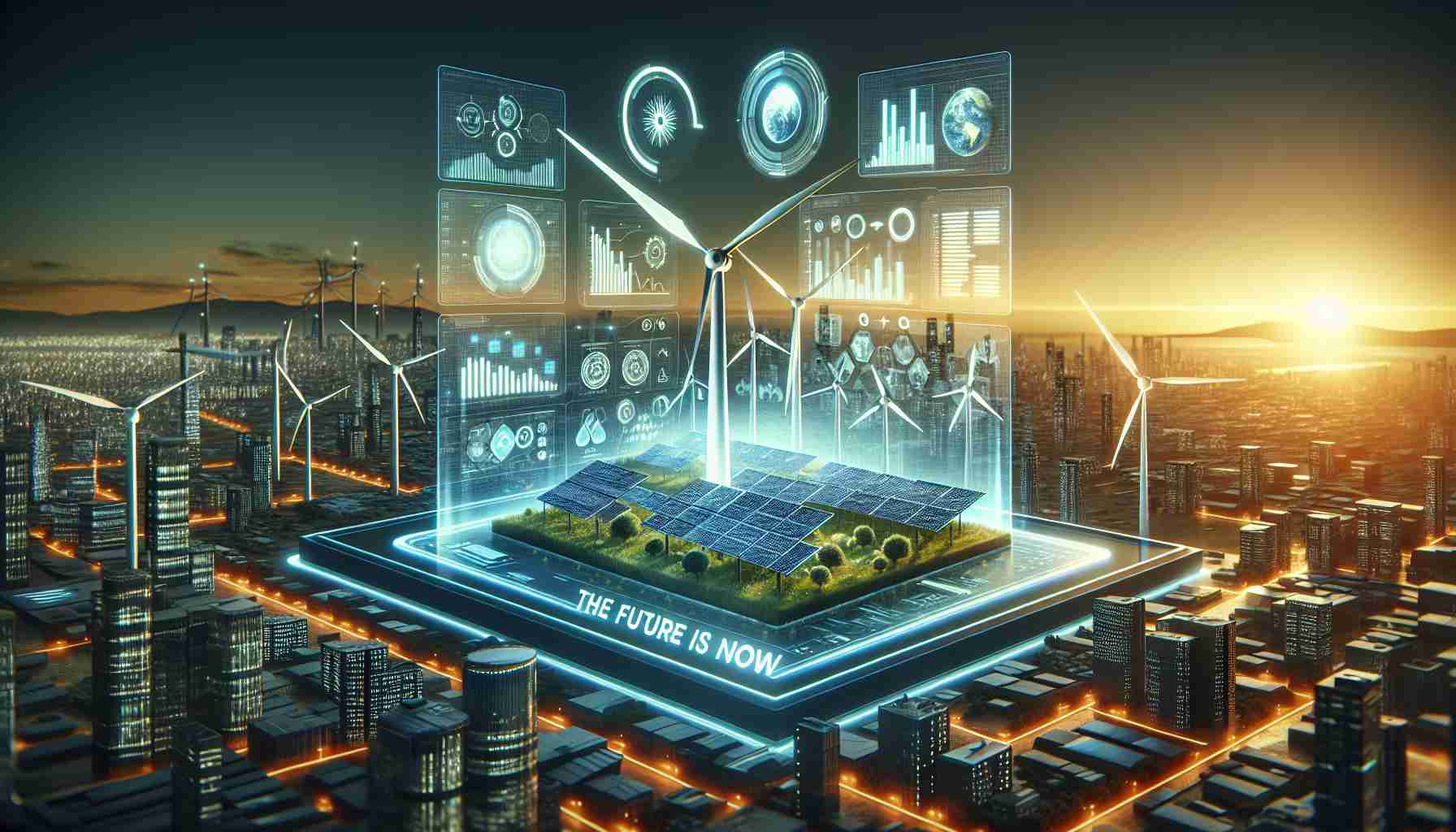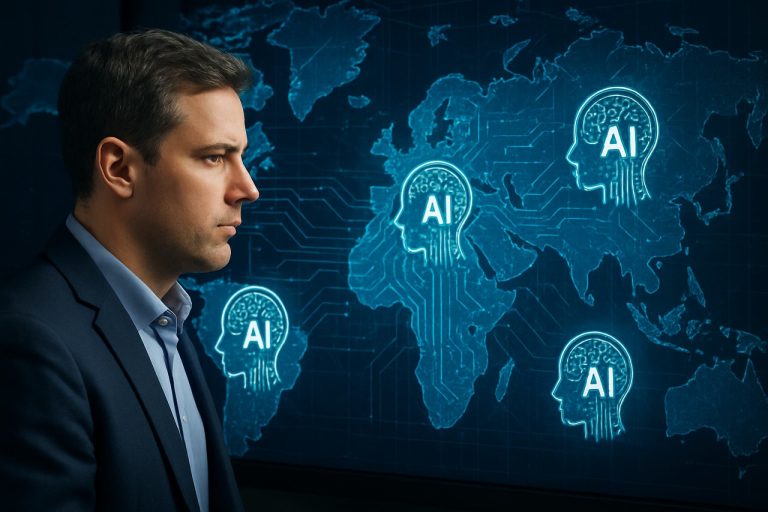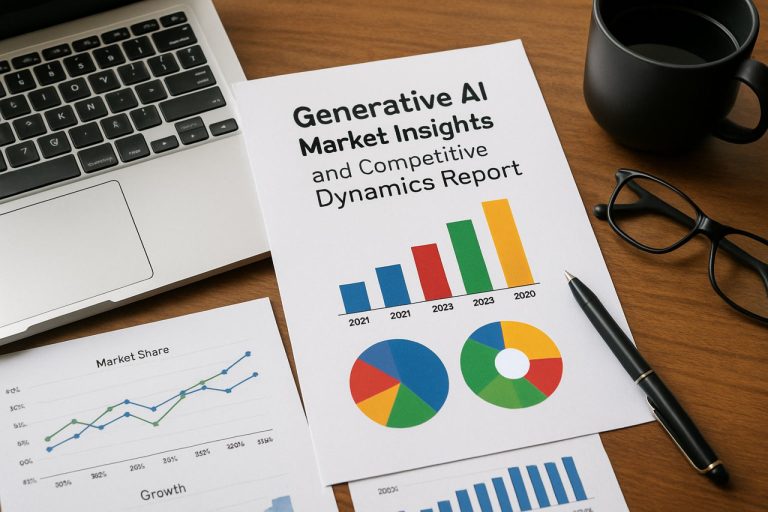
Harnessing Renewable Power for Resilience
The energy landscape is rapidly changing, making renewable sources the most affordable option available today. As industries face the risk of power outages, the adoption of clean energy solutions becomes crucial, providing stability and cost savings.
Distributed Energy Resources (DERs) are leading this transformation. These systems empower organizations to manage energy usage efficiently while achieving essential decarbonization goals. By implementing a microgrid setup, companies can streamline how and when they utilize electricity, enhancing control over their energy needs. These microgrids often combine renewable energy sources with stored power, ensuring that businesses have access to reliable energy even during peak price periods or grid failures.
A standout example of this innovative approach is the state-of-the-art microgrid established at Eaton’s manufacturing facility in Arecibo, Puerto Rico. Collaborating with Enel North America, Eaton integrated 5 MW of solar energy and 1.1 MW of battery storage, alongside existing power generators. This strategic initiative has significantly cut energy consumption by 45%, while also lowering carbon emissions by nearly 20%.
The microgrid has also been designed to endure extreme weather challenges, including hurricanes, and is capable of independently powering the facility during outages. Recognized with the “International Energy Project of the Year” award in 2024, Eaton’s project exemplifies how cleaner, sustainable energy can bolster both industrial efficiency and community resilience.
The Broader Dimensions of Renewable Energy Adoption
The rise of renewable energy, underscored by initiatives like microgrid implementations, is not just a corporate trend; it’s a transformative force that reverberates through the fabric of society, culture, and the global economy. As countries grapple with the dual challenges of energy security and climate change, the move towards renewables is crucial. Investing in clean energy sources can create job opportunities, stimulate technological innovation, and enhance economic stability. For example, the solar industry alone employed over 250,000 workers in the U.S. as of 2023, reflecting a burgeoning sector that promises to sustain more jobs as demand increases.
However, this transition is not without its environmental costs. The manufacturing of solar panels and batteries can pose sustainability challenges, requiring critical scrutiny of supply chains. As materials like lithium and cobalt are vital for storage solutions, the push for renewable energy must also align with responsible sourcing and recycling practices, ensuring that the environmental benefits of renewable energy do not inadvertently lead to ecological degradation elsewhere.
Looking ahead, the integration of technologies such as blockchain for energy transactions and advances in battery storage present exciting trends. These innovations can foster decentralized energy markets, making it easier for consumers to engage in energy trading, thereby democratizing energy access.
In conclusion, while projects like Eaton’s microgrid signal progress, the broader implications demand ongoing commitment to sustainable practices and innovative technologies to ensure that renewable energy serves as a pillar of resilience for future generations.
Unlocking the Future of Energy: How Microgrids Are Revolutionizing Resilience Through Renewables
Harnessing Renewable Power for Resilience
The global energy landscape is evolving at a rapid pace, with renewable energy sources emerging as the most economical options currently available. Industries increasingly recognize the necessity of adopting clean energy solutions to mitigate the risk of power outages while simultaneously achieving cost savings and enhancing operational stability.
Understanding Distributed Energy Resources (DERs)
Distributed Energy Resources (DERs) are at the forefront of this revolution. These systems empower organizations to optimize their energy consumption and contribute to essential decarbonization efforts. A notable implementation strategy is the development of microgrids—localized energy systems that allow businesses to control their energy use more effectively.
Microgrids typically integrate various renewable sources, such as solar and wind power, coupled with energy storage technologies. This combination ensures a stable energy supply, especially during peak demand periods or grid disruptions.
Real-World Example: Eaton’s Microgrid in Puerto Rico
A prime example of innovative microgrid implementation is Eaton’s manufacturing facility in Arecibo, Puerto Rico. Partnering with Enel North America, Eaton successfully integrated 5 MW of solar energy and 1.1 MW of battery storage into its operations, alongside its existing power generators. This initiative has led to a 45% reduction in energy consumption and a nearly 20% decrease in carbon emissions.
The microgrid is also engineered to withstand severe weather conditions, including hurricanes, enabling the facility to continue operations independently during power outages. In recognition of its achievements, the project received the prestigious “International Energy Project of the Year” award in 2024, showcasing its role in promoting cleaner energy and enhancing community resilience.
Pros and Cons of Microgrids
Pros:
– Enhanced energy security and independence.
– Reduced energy costs through efficient consumption and renewable integration.
– Significant environmental benefits, including decreased carbon footprints.
– Increased resilience against extreme weather and grid failures.
Cons:
– High initial investment costs for setup and technology integration.
– Technical challenges related to system compatibility and maintenance.
– Regulatory hurdles that may impede deployment in certain regions.
Market Trends and Insights
The adoption of microgrids is accelerating across various sectors, driven by falling costs for renewable technologies and growing concerns over energy reliability. Innovations in energy storage and management systems are further enhancing the operational viability of microgrids.
According to a forecast from the International Energy Agency (IEA), the microgrid market is predicted to grow significantly, reaching a valuation of approximately $40 billion by 2026. This growth underscores the increasing interest from both private enterprises and public institutions in establishing resilient, clean energy infrastructures.
Security and Sustainability Aspects
From a security perspective, microgrids provide a critical layer of resilience, being less vulnerable to widespread outages compared to centralized power systems. They promote sustainability by enabling localized energy generation, thereby reducing transmission losses and inefficiencies associated with long-distance energy distribution.
Innovations and Future Predictions
The future of energy management seems poised for further innovation with advancements in digital technologies such as blockchain and artificial intelligence. These technologies could enhance energy efficiency, improve grid reliability, and facilitate peer-to-peer energy trading among microgrid participants.
Conclusion
Investing in renewable energy solutions like DERs and microgrids represents not only a path toward sustainability but also a crucial strategy for enhancing energy resilience. The successful implementation witnessed at Eaton’s facility serves as a compelling model for industries worldwide, illustrating the potential benefits of integrating clean, reliable energy sources into everyday operations.
For more information on renewable energy solutions, visit Energy.gov.



